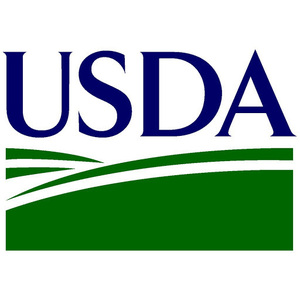USDA report predicts increased ethanol demand through 2030

February 21, 2023
BY Erin Krueger
The USDA’s Economic Research Service on Feb. 7 published a report discussing its analysis of U.S. Energy Information Administration data and predicting possible domestic and global demand for ethanol through 2030.
EIA’s various outlook scenarios through 2030 predict that U.S. gasoline consumption could decrease by as much as 3.3 percent or increase by as much as 5.3 percent over the next decade when compared to 2021 levels. For E85, the EIA predicts U.S. consumption will grow between 1.4 percent and 10.4 percent between 2021 and 2030, depending on U.S. economic growth over the decade. “The projected increase in ethanol consumption across all scenarios—despite falling gasoline consumption in some scenarios—is due in part to EIA’s assumption that the Renewable Fuel Standard will increase total U.S. consumption of renewable fuels,” said the ERS researchers in the report.
Globally, the USDA report specifically looks a historical blends (HB) scenario and a targeted blends (TB) scenario. Under the HB scenario, fuel ethanol consumption is expected to increase by 5.7 percent between 2018 and 2030, driven primarily by increased demand in India, Brazil and China. Between 2021 and 2030, ethanol consumption is expected to increase by 7.4 percent, due primarily to increased demand in Canada, China and Brazil. Under the TB scenario, international fuel ethanol consumption could increase by 180 percent between 2018 and 2030, due primarily to increased demand in Canada, China and Brazil. Between 2021 and 2030, ethanol consumption could increase by 173 percent, also primarily due to increased demand in Canada, China and Brazil.
A full copy of the USDA report is available on the ERS website.
Advertisement
Advertisement
Related Stories
The U.S. EPA on July 29 released a proposed rule to repeal the agency’s 2009 Endangerment Finding, which forms the legal basis for the agency’s GHG regulations. The proposal also aims to repeal all GHG regulations for motor vehicles and engines.
Chevron Lummus Global announced a successful commercial test for coprocessing biogenic feedstocks and fossil feedstocks at INA Group's Rijeka Refinery in Croatia. SAF and renewable diesel were produced during the test.
Phillips 66 on July 25 released Q2 financial results, reporting the company’s Rodeo Renewable Energy Complex in California continues to run at reduced rates due to market conditions. Pre-tax income for the renewables segment was up when compared to Q1.
The EIB and Eni on July 24 signed a €500 million 15-year finance contract to support the conversion of Eni’s Livorno refinery in Tuscany, Italy, into a biorefinery that can produce renewable diesel, renewable naphtha and bio-LPG.
Iowa Secretary of Agriculture Mike Naig announced that the Iowa Renewable Fuels Infrastructure Program Board recently approved an additional 24 applications from Iowa fuel retailers to support new and expanded biofuel infrastructure projects.
Upcoming Events










